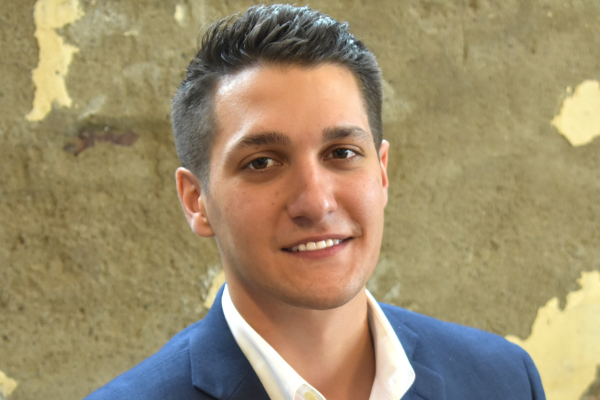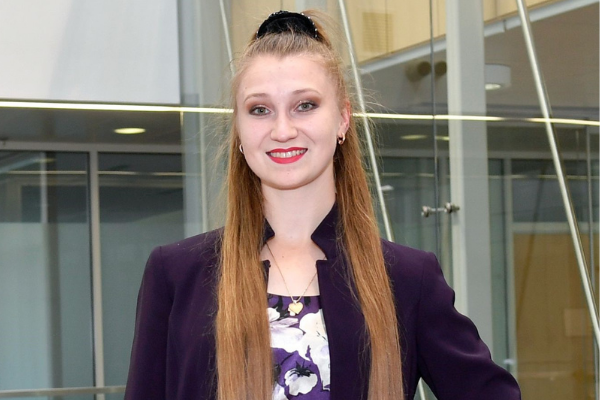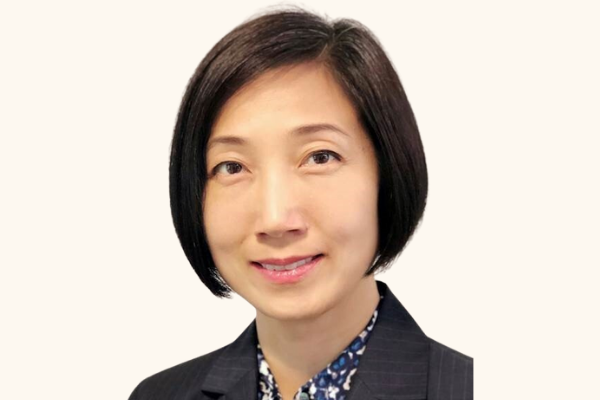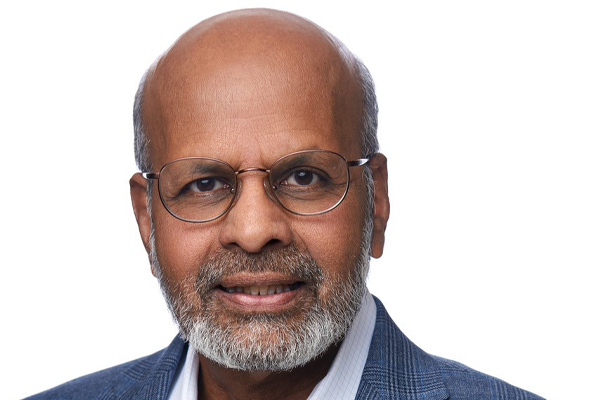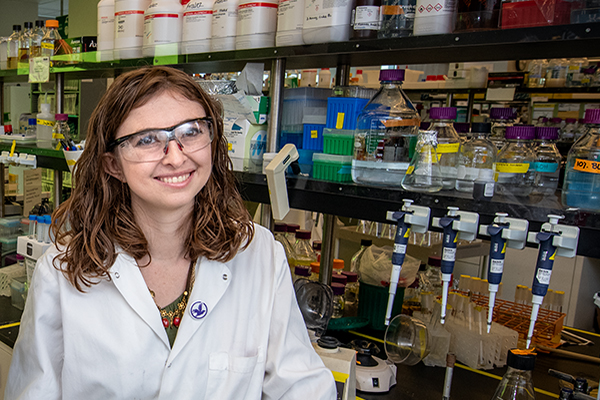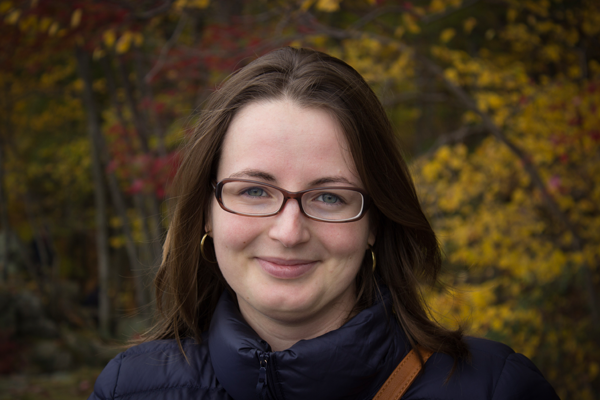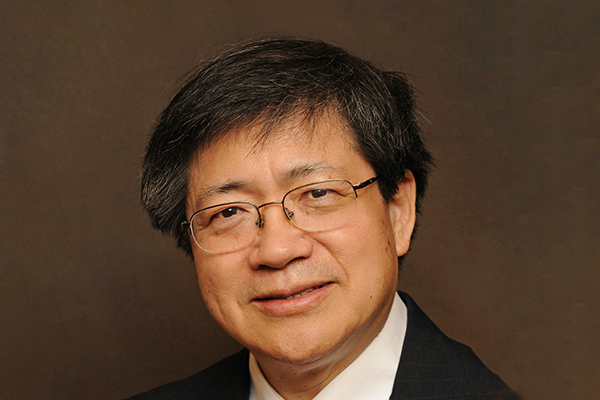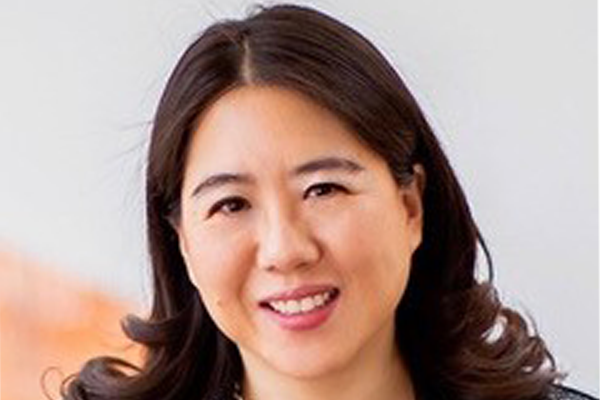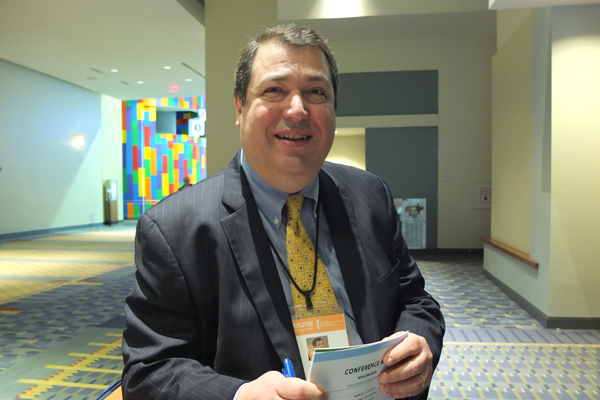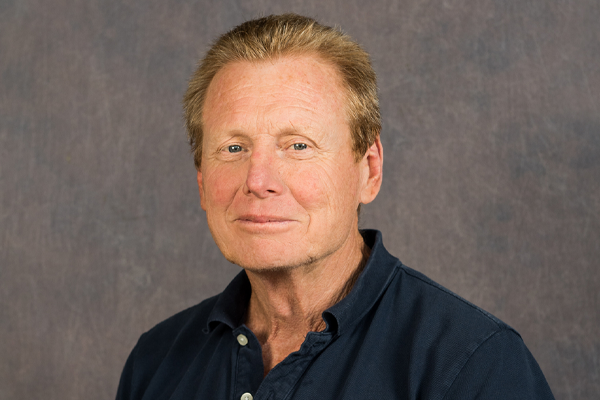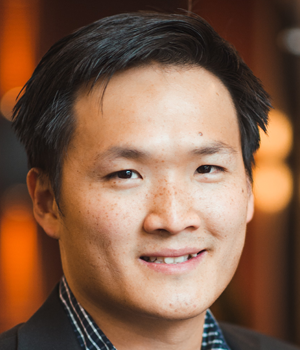
Dr. Chern-Hooi Lim is the founder and CEO of New Iridium. He earned his PhD in 2015 in Chemical Engineering at the University of Colorado Boulder. Dr. Lim’s expertise includes photocatalysis, photocatalyst design, organic synthesis, chemical process design, and quantum chemistry. He is co-inventor of patent pending photocatalyst technology using quantum simulations to optimize the photocatalyst molecular design and pioneered its use in pharma small molecule and functional polymer syntheses. Dr. Lim has published over 25 scientific papers in top tier journals such as Science, JACS, and Angewandte Chemie.
Dr. Lim's vision is to transform the landscape of pharmaceutical and chemical manufacturing using photocatalysis enabled by sustainable photocatalysts, super-efficient light-driven reactions, and high performance photoreactors. Dr. Lim is a passionate entrepreneur having won his first pitch contest as an undergrad at Drexel. He now applies "lean startup", "customer development", and "disciplined entrepreneurship" methodologies to propel New Iridium’s growth trajectory.
You have multiple publications, awards and degrees in chemistry and you’re the founder and CEO of a start-up. Do you feel that you’ve been pulled to either side more—the business or the chemistry? Is there any part you prefer?
I obviously enjoy the chemistry but by necessity cannot devote my full attention there. I am still very much involved in the science but now it’s more idea generation and providing direction. The business side is of paramount importance and the ability of a founder/CEO to marry the two sides together will often be the key to success for a “deep tech” startup. In a way, a CEO must balance the “why” of the commercial purpose with the “how” of the technology solution. For a start-up, choosing the right problems is even more important than developing the right solutions, and this reality has become a critical focus for me.
I am definitely pulled more to the business side now, but my interest in startups began as an undergrad and has only grown stronger since. As a graduate and post-doc at The University of Colorado Boulder and Colorado State University I got invaluable exposure as a tech transfer ambassador and filing for my first patent for organic photocatalysts. I was also energized by the great startup communities in Boulder and Fort Collins in which those universities play a key role.
When did you notice that the current process of drug development was both expensive and lengthy—and that you could and wanted to fix that with photoredox catalysis?
As an organic chemist the challenges of drug development are front and center, however, it was toward the end of my PhD program when it became clear the skills I was developing could be directly brought to bear. While that realization was taking hold, it would be a little more time for the desire to radically fix things to form.
The initial discovery in 2016, of patentable organic photocatalysts that could augment and sometimes replace precious metals in difficult reactions, was definitely a key moment. Additionally, seeing pharma also publishing in this space (photoredox catalysis) was a major proof point that the industry had an active interest in solutions based on this emerging technology.
Things really transformed for me during a backpacking trip in the Rocky Mountains with my research colleagues. It was then that the genesis of a start-up focused on this problem really took shape and propelling this next generation technology toward industrial usage was possible.
In the midst of a global pandemic where public officials and health experts alike are pushing for a vaccine to be developed quickly, what do the economic and public health sectors look like for New Iridium in terms of opportunities and impact?
For New Iridium the adage that crisis and opportunity are two sides of the same coin is certainly playing out. Shortly after students were sent home in mid-March, we were notified we would no longer have access to our leased lab space on campus. While some parts of the business could continue to function, our R&D effort was effectively at a standstill.
Fortunately, there was an opportunity to apply our photocatalysis technology to streamline the production of Remdesivir, the leading treatment for COVID-19. With an all-out effort over the weekend we prepared a proposal for an NSF STTR grant to address critical bottlenecks in the current synthesis method. Upon approval of the grant we were readmitted to the lab. Early results have been promising and the potential for significant acceleration of Remdesivir production appears achievable. Obviously, this project represents a major opportunity to make a real impact on the pandemic and we are working at warp speed toward a solution.
Are you looking to collaborate with other pharma industry corporations, startups or investors? What would that look like to you, ideally?
Yes, we already have several active industry collaborations. Within pharma we have a case study comparing our light-driven technology to the conventional palladium catalyzed reaction in a FDA approved drug. Success here could lead to life-cycle cost-benefit evaluations in this and other portfolio compounds. Other pharma collaborations include testing our technology in the production of a class of popular drug intermediates and supporting the mechanistic study of a novel pharma-developed cross-coupling reaction.
Ideally a pharma collaboration would involve either the medicinal chemistry group to accelerate drug discovery and reduce time-to-market with easier access to new drug architectures and reduced design-make-test (DMT) cycle times, or the process chemistry group to develop highly efficient, sustainable and safer synthesis methods.
As a member of the ACS, how do you think ACS and/or the Industry Member Programs team could support entrepreneurs during the COVID-19 pandemic?
I joined the ACS in the early stage of my PhD program. As a 10-year member I have seen firsthand the many benefits of a professional membership organization. ACS is somewhat unique in that there are few associations where the interests of academic and industry practitioners are so tightly intertwined. I am a big believer in the power of networking and exchange of ideas and have enjoyed the benefits of many conferences both as a researcher and entrepreneur. In fact, our first hire, a Lead Scientist PhD, is a direct result of an ACS conference connection.
With COVID-19, conference travel must be severely curtailed. However, virtual forums can be successfully substituted; consider the recent ACS Green Chemistry & Engineering (GC&E) Conference where the program content was as on-point as ever. Continuing with industry and investor outreach opportunities is critical for startups. For example, we are participating in the Virtual Start-up Pitch series hosted by the National Council of Entrepreneurial Tech Transfer (NCET2) and also hope to present at Chemical Ventures Conference 2021.
You played badminton in undergrad and taught kids to play at the Boys and Girls Club of America—how did you get into the sport? Do you still get some time to play these days?
Badminton is very popular in Asia and in my home country of Malaysia there is a long tradition as a world power in the sport. Just like baseball and basketball here, almost every kid gets a chance to play. As an undergrad at Drexel there was an active club team. Although somewhat informal, we competed against other East Coast colleges and there was even a season ending event. College badminton has continued to grow, fueled by a steady stream of foreign students like me, and today there is competition in every region and a formal national championship.
Since my first U.S. host-family experience with AFS Intercultural Programs student exchange program I am always looking for ways to give back. Introducing badminton to certain Boys and Girls Clubs was a good opportunity to do that. Today, I play once or twice a week with the state’s top players and look forward to resuming after the COVID-19 re-opening.
This article has been edited for length and clarity. The opinions expressed in this article are the author's own and do not necessarily reflect the view of their employer or the American Chemical Society.
Copyright 2020 American Chemical Society (All Rights Reserved)

